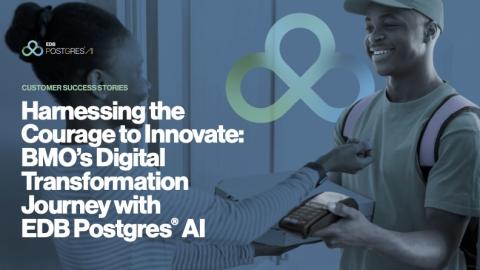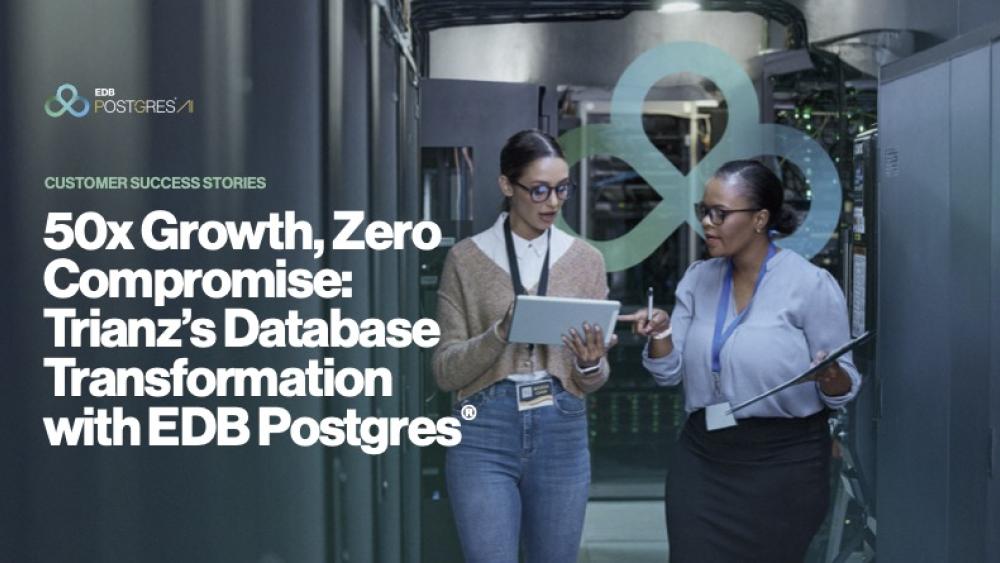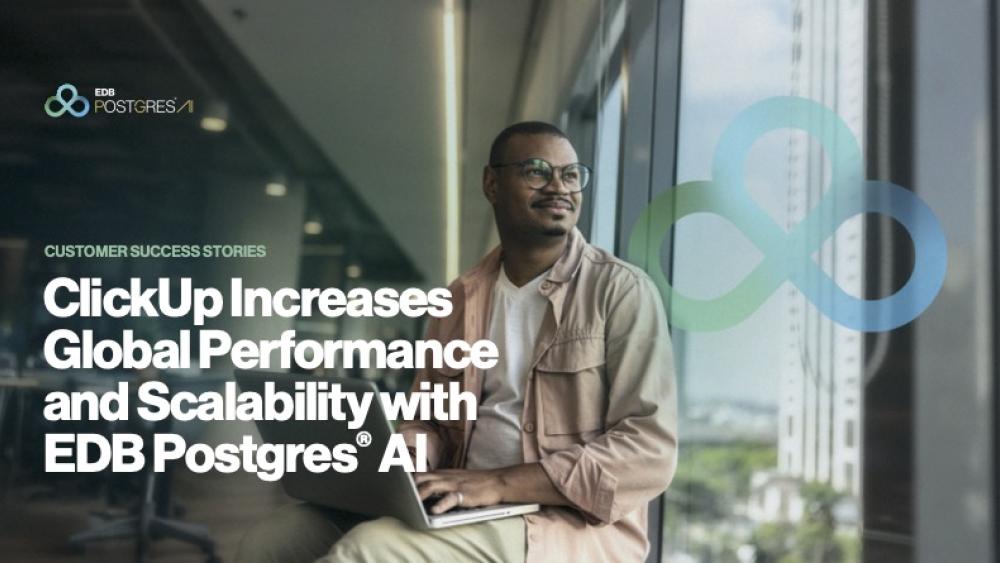Harnessing the Courage to Innovate: BMO’s Digital Transformation Journey with EDB Postgres® AI
The demand for advanced, reliable, and secure banking services has never been higher, but only 18% of financial institutions feel confident in their ability to scale digital solutions, and many financial institutions remain tethered to traditional database providers like Oracle, facing restrictive licenses, escalating costs, and dwindling adaptability. With over 12 million customers worldwide, BMO has committed to a digital-first mindset — and Postgres is at the center of their transformation journey.




